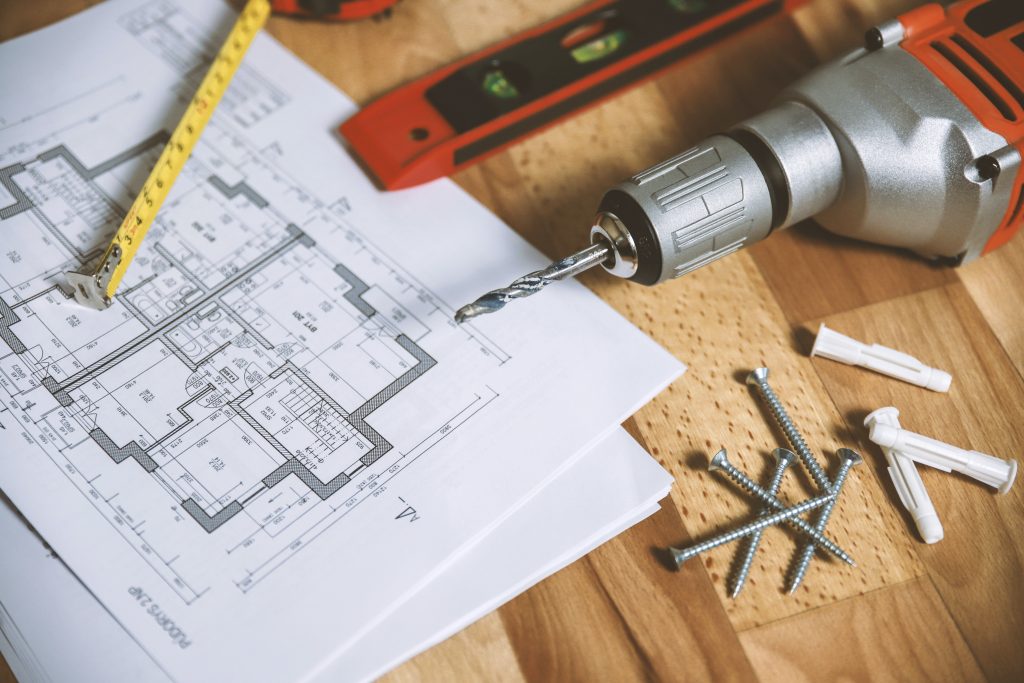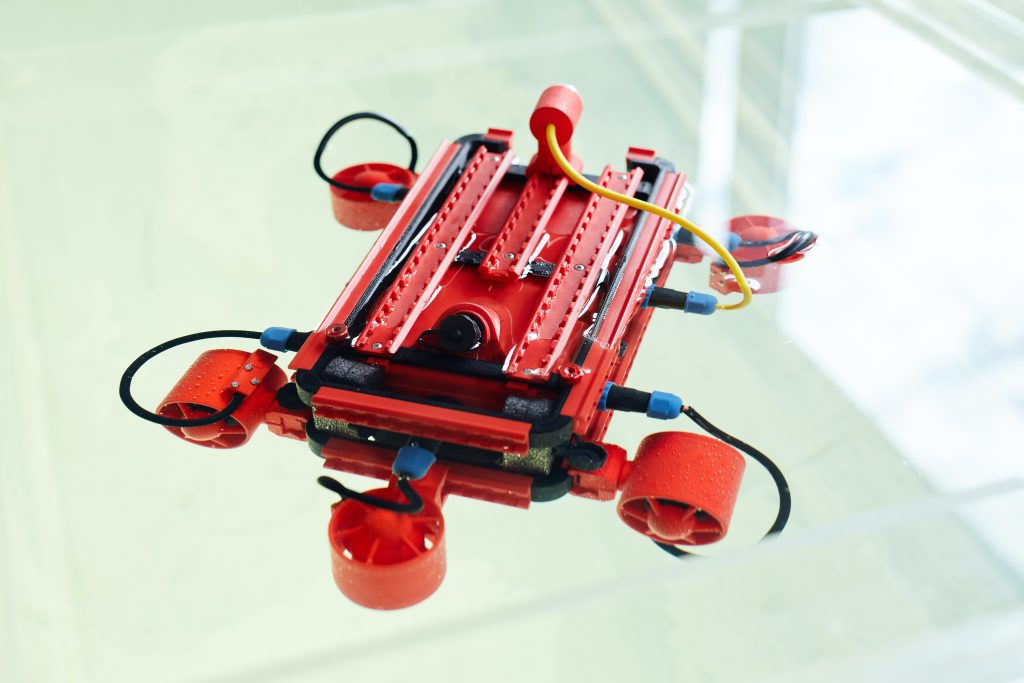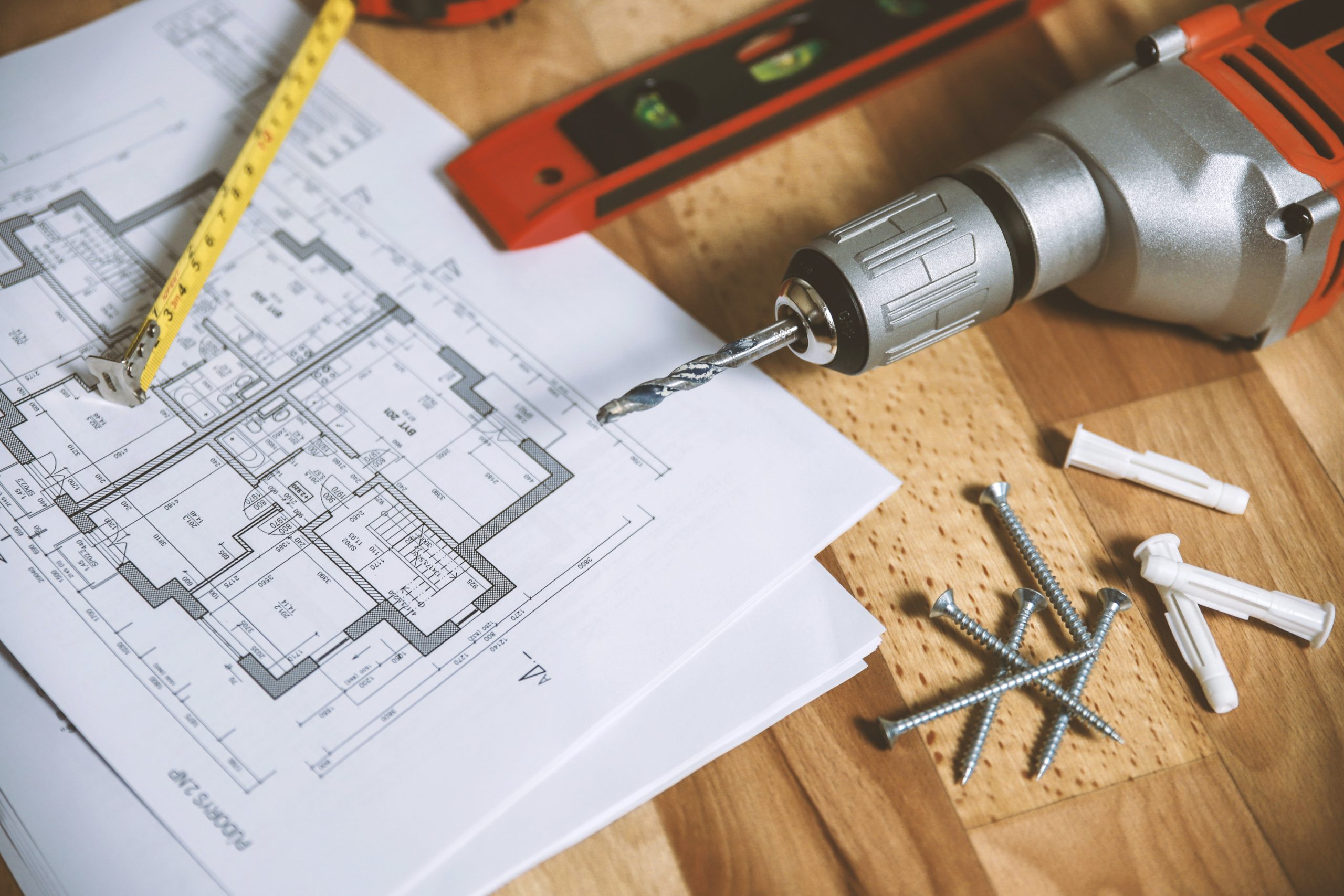The world of construction and real estate is on the brink of a revolutionary transformation, and at the forefront of this change is 3D printing. This cutting-edge technology has the potential to reshape the way buildings are designed, constructed, and even inhabited. In the context of Canadian real estate, the future of 3D printing holds remarkable promise, ushering in a new era of efficiency, sustainability, and innovation.
Unveiling the Potential
3D printing, also known as additive manufacturing, involves the layer-by-layer construction of objects based on digital designs. While the technology has already made waves in industries like manufacturing and healthcare, its application in real estate is gaining traction. In Canada, where urbanization and population growth are driving the demand for housing and infrastructure, 3D printing could play a pivotal role in addressing construction challenges.
3D Printing Speed and Efficiency
One of the most compelling advantages of 3D printing in real estate is its unparalleled speed and efficiency. Traditional construction methods often involve time-consuming processes, but 3D printing has the potential to significantly accelerate building timelines. From creating entire walls to intricate architectural details, 3D printers can work tirelessly around the clock, producing structures in a fraction of the time it takes using conventional methods.
Design Freedom and Innovation
Beyond speed, 3D printing offers unmatched customization and design flexibility. Architects and designers can now venture into uncharted territories, exploring unconventional shapes and structures that were previously too complex or expensive to execute. This design freedom has the potential to reshape the aesthetic and functional aspects of Canadian architecture, leading to innovative and captivating spaces.

Sustainability and Material Efficiency
The environmental impact of construction has been a growing concern, and 3D printing offers a more sustainable alternative. This technology enables precise material placement, reducing waste and minimizing environmental footprint. Moreover, some 3D printing techniques utilize eco-friendly materials, further contributing to sustainable construction practices in Canada.
One of the key advantages of 3D printing is its potential to drastically reduce material waste. Traditional construction methods often result in surplus materials that go unused and contribute to landfill waste. With 3D printing, materials are precisely measured and applied, minimizing waste and conserving valuable resources. This aligns well with the growing emphasis on sustainable practices and minimizing the ecological footprint of real estate development.
Additionally, 3D printing allows for the use of eco-friendly and recycled building materials. Many 3D-printing technologies can utilize recycled plastics, concrete, and other materials, reducing the demand for new resources and diverting waste from landfills. This promotes a circular economy where materials are repurposed and reused, contributing to a more sustainable future.
Affordable Housing Solutions Offered by 3D Printing
In a country grappling with affordable housing shortages, 3D printing holds the potential to provide a solution. By streamlining the construction process and reducing labor costs, 3D-printed homes could offer a more cost-effective option for both developers and homebuyers. This could play a crucial role in making housing more accessible and affordable across various Canadian cities.

One of the most compelling aspects of integrating 3D printing into Canadian real estate construction is its potential to address the ongoing affordable housing crisis. Across many cities in Canada, the demand for affordable housing continues to outpace the supply, leading to rising property prices and rental rates that are increasingly out of reach for many individuals and families.
3D printing presents an innovative solution to this challenge. By utilizing automated technology to construct housing units, the cost of labor and materials can be significantly reduced. This translates to a more economical construction process, ultimately leading to lower property costs.
Overcoming Challenges
While the future of 3D printing in Canadian real estate is bright, there are challenges that must be navigated. Regulatory frameworks and building codes may need to be adapted to accommodate this emerging technology. Additionally, the initial investment in 3D printing equipment and expertise may be a barrier for some developers. However, as the technology matures and becomes more widespread, these challenges are likely to be addressed.
The emergence of 3D printing in Canadian real estate construction represents a transformative leap forward. Its potential to expedite construction, enhance sustainability, foster innovation, and address housing affordability issues positions it as a game-changer in the industry. As research and development continue, and as the technology becomes more integrated into the construction process, we can expect to witness the rise of 3D-printed structures shaping skylines across Canadian cities. The future of 3D printing in Canadian real estate is not just a vision—it’s a tangible and exciting reality on the horizon.


